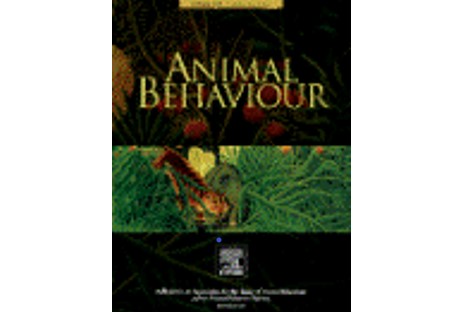Published in:Â Animal Behaviour
Date published:Â July 2016
Authors:Â Kirsty J. MacLeoda, Patricia Brekkeb, John G. Ewenb, Rose Thorogooda
a Department of Zoology, University of Cambridge, Cambridge, U.K.
b Institute of Zoology, Zoological Society of London, London, U.K.
Abstract
Size hierarchies are often seen when nestlings hatch asynchronously over a period of days. Shorter hatch periods are common across passerines, however, and while these may also give rise to asymmetries, their effects are rarely considered. Regardless of hatch period, the long-term consequences for later hatched nestlings that survive to fledge is unknown for wild birds. Here we explored the timing of hatch order in a free-living population of hihi nestlings, Notiomystis cincta, and followed any effects in and out of the nest. We found that while hatching time from first- to last-hatched nestlings was often less than 24 h, last-hatched individuals grew more slowly and were lighter and smaller at fledging than older siblings. Last-hatched nestlings were also less likely to fledge. These effects were greater in larger broods. Adult body size is correlated with fledging size in hihi; however, we found no evidence that hatch order affected longevity postfledging, or lifetime reproductive success. We then explored whether carotenoid availability might buffer these stressful rearing conditions (through food supplementation of parents) but found no evidence that increased access to carotenoids for mothers and/or growing nestlings influenced incubation schedules, or the effects of hatching late. Together these results suggest that while even a very short hatch period can influence adult phenotype, hatching asynchrony is not maladaptive for hihi: when last-hatched nestlings survive to fledge they can contribute as much to their mothers’ fitness as first-hatched siblings.
Paper details available here:Â http://www.sciencedirect.com/science/article/pii/S000334721630118X
